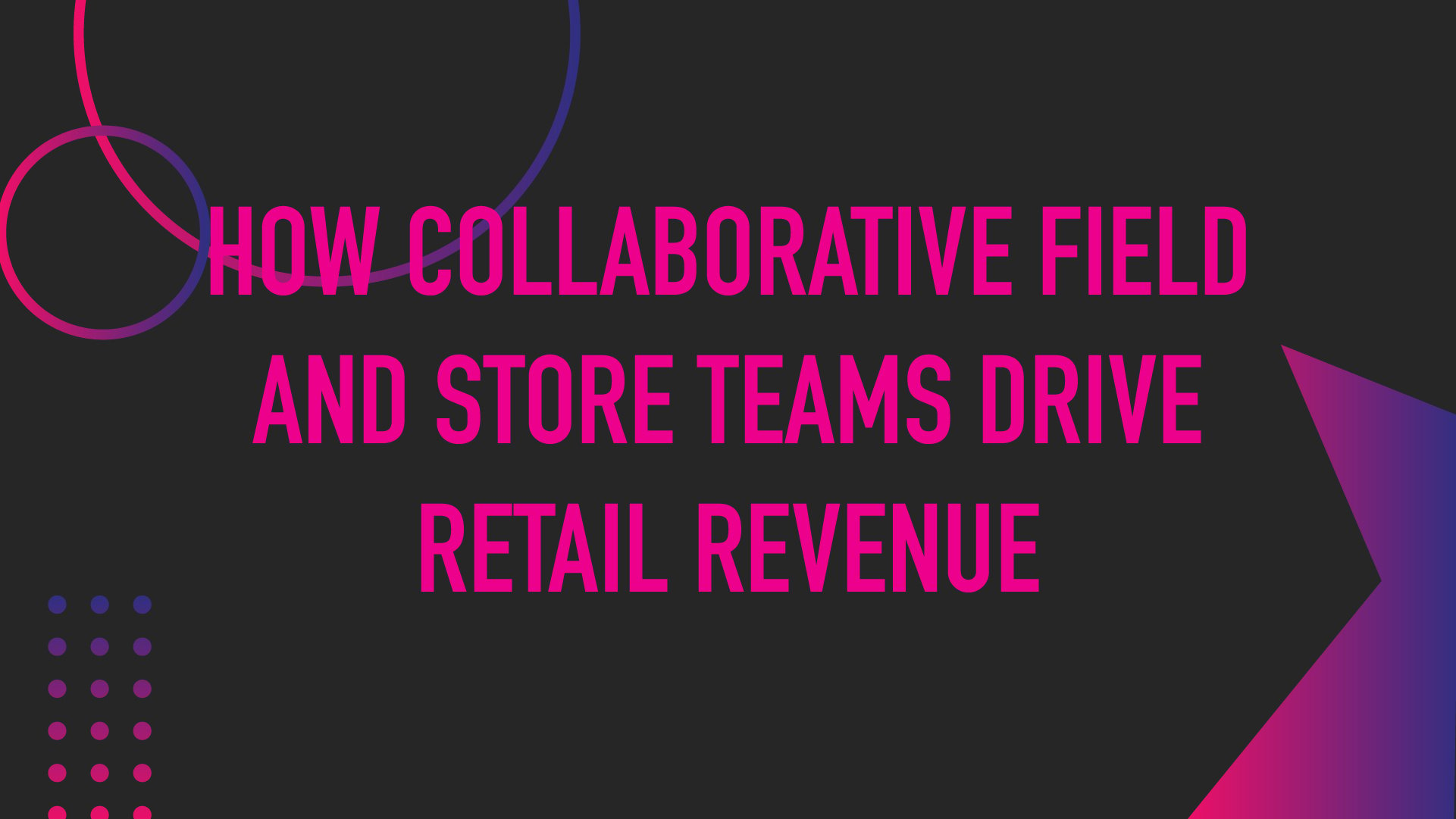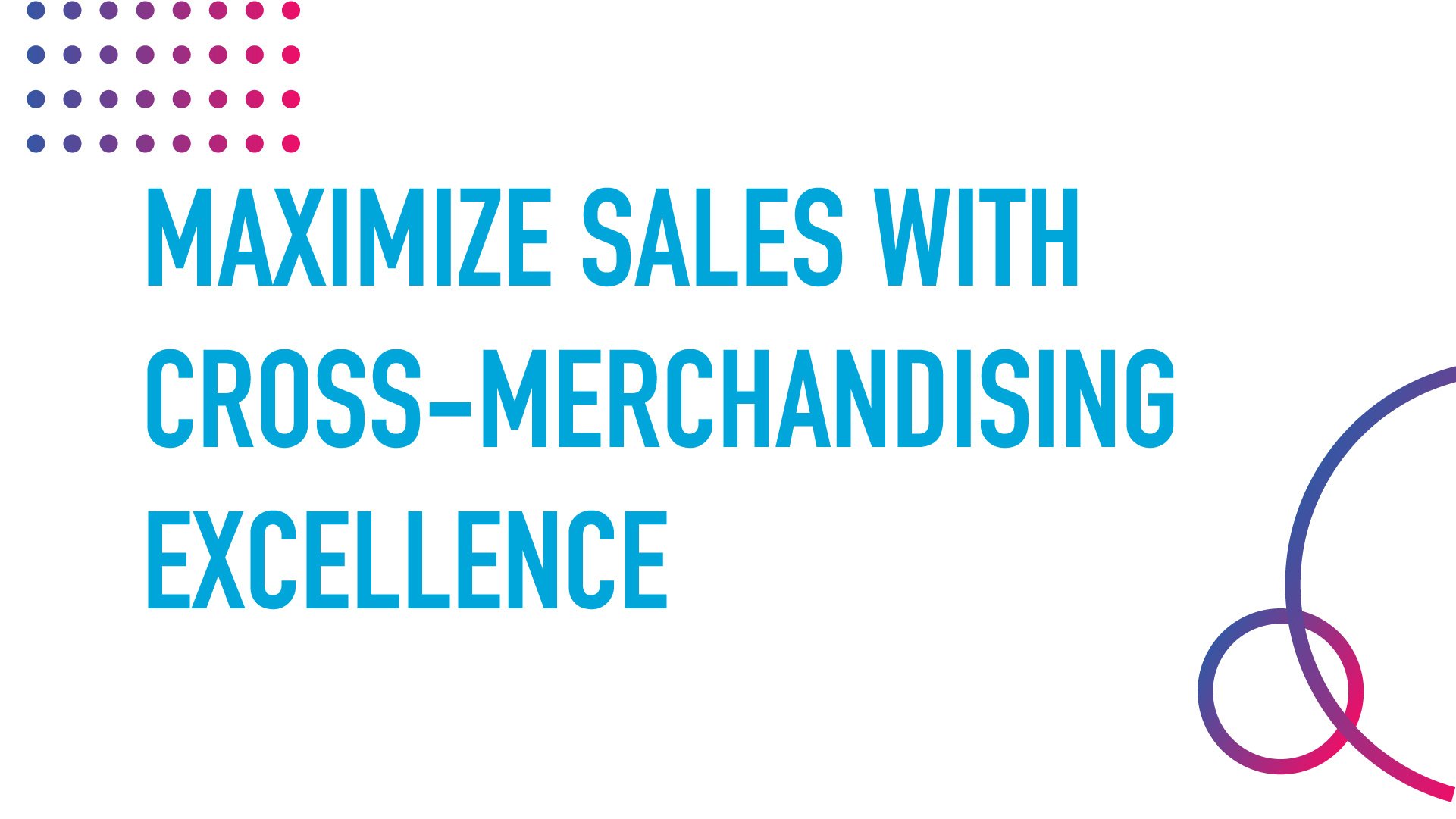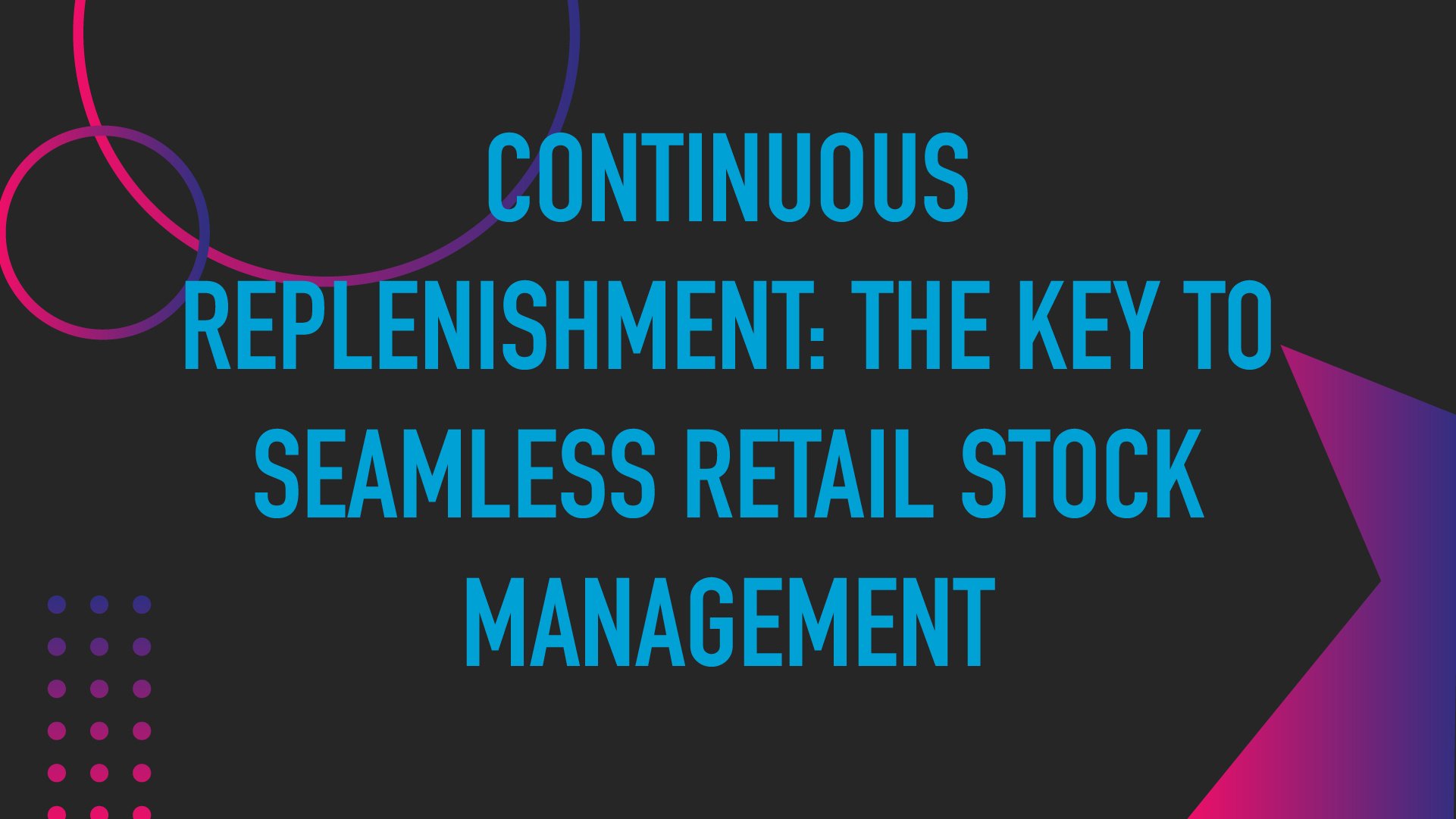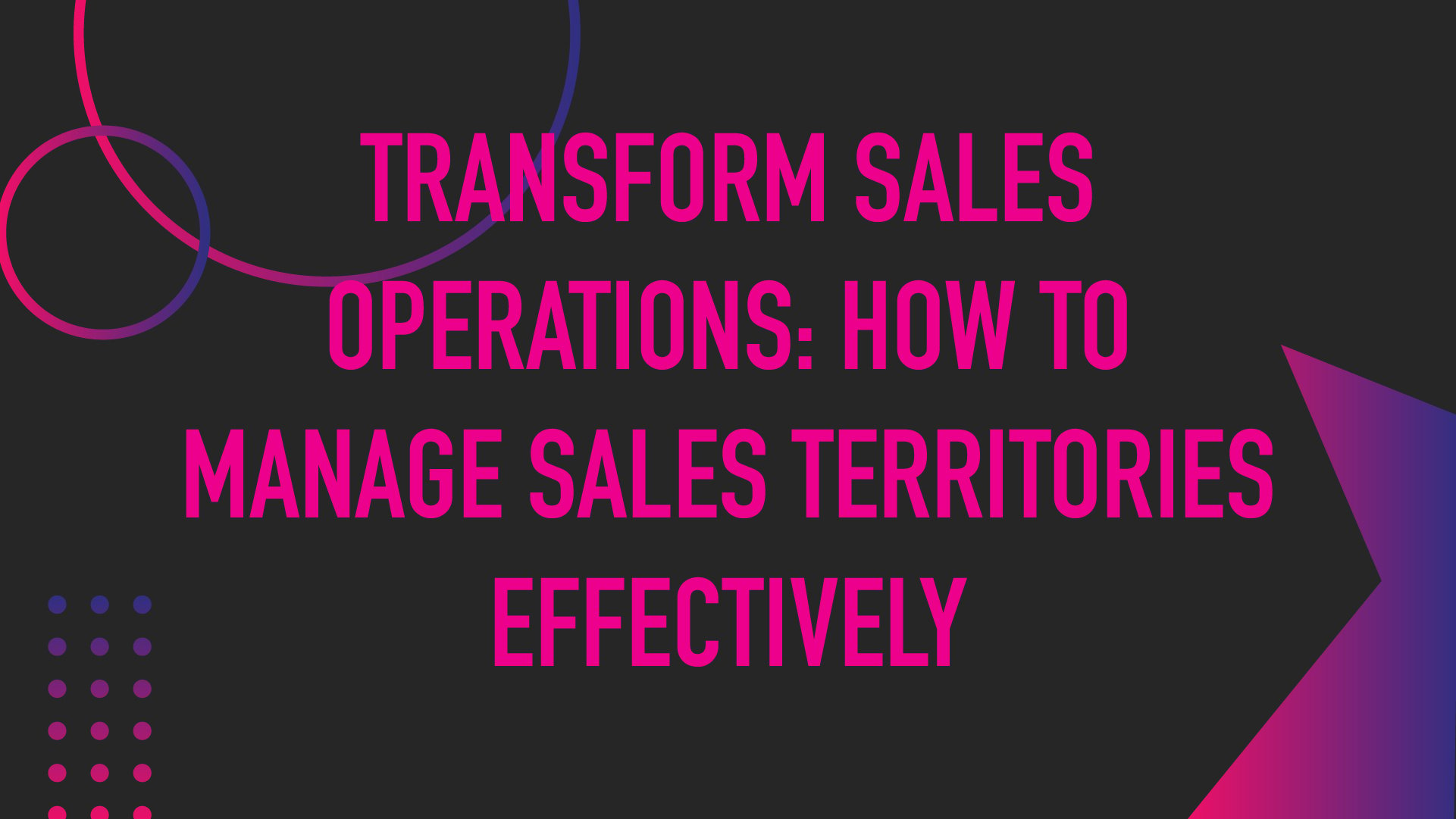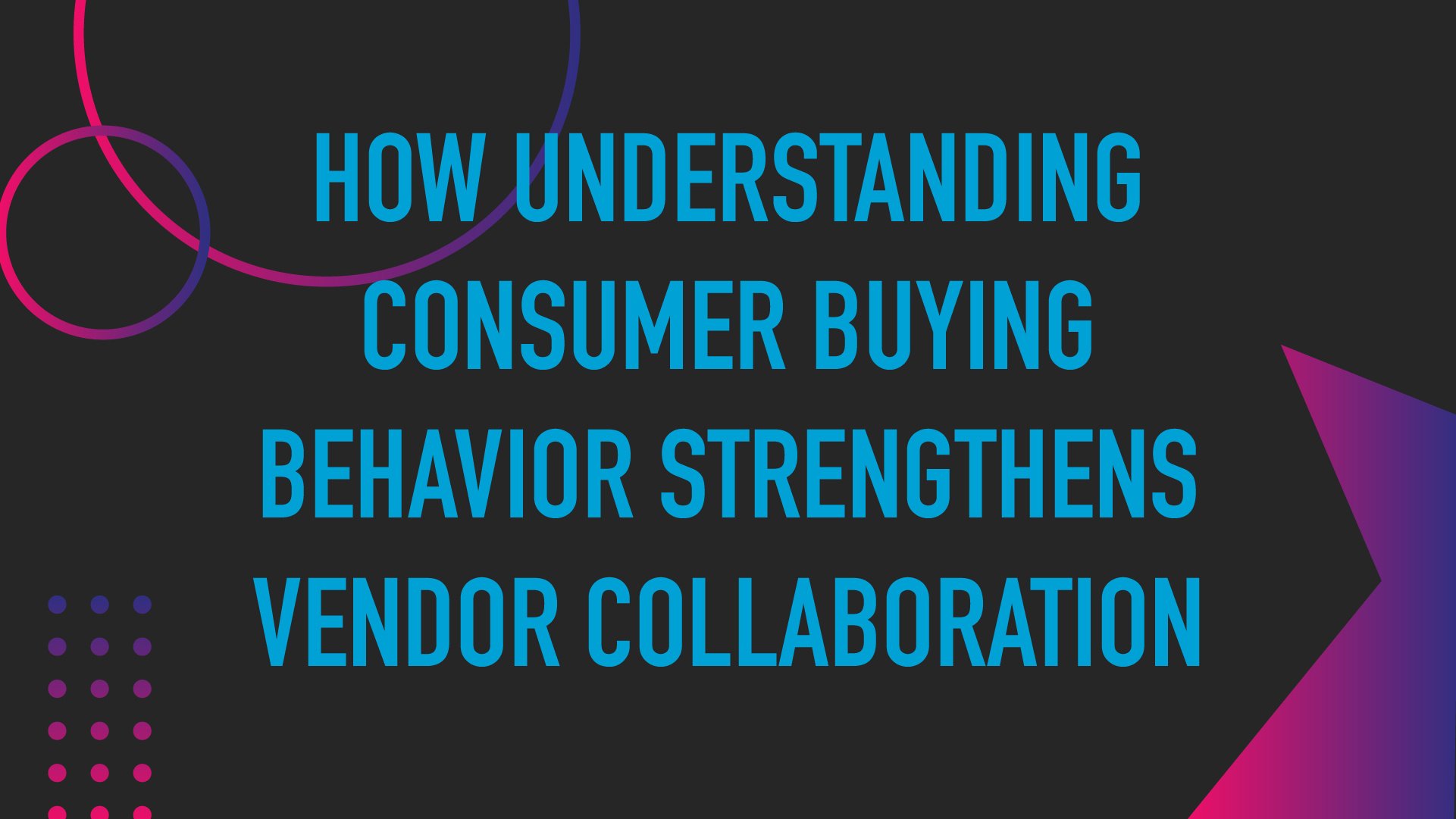Tech-Driven Solutions For Demand Forecasting


The synergy between store and field teams is critical to maintaining ideal inventory levels and maximizing revenue. Companies that excel at demand forecasting experience 15% less inventory shrinkage and 17% stronger perfect order fulfillment rates. Proactive supply chain management, powered by today's technology-driven solutions, enhances customer satisfaction, improving revenue flow and team relationships.
Mastering Demand Planning and Replenishment: The Interplay of Store and Field Teams
The relationship between store and field teams facilitates the seamless flow of inventory, information, and resources throughout the retail ecosystem. Keeping this partnership in good standing is pivotal for ensuring operational efficiency and customer satisfaction. Retail leaders should prioritize facilitating positive relations between these teams for ongoing mutual success between CPG companies, merchandisers, distributors, and retail stores.
Communication and Coordination
Clear communication and coordination between store and field teams affect every level of the supply chain. Facilitating alignment between both teams ensures seamless inventory replenishment schedules, promotional activities, and product launches. Unified collaboration and communication platforms aid in preventing misunderstandings and minimize disruptions in these operations.
Visibility and Transparency
Transparency is essential for building trust between store and field teams. Studies indicate that retail professionals believe improving supply chain visibility is crucial for fostering collaboration between store and field teams. When visibility is lacking, trust erodes, hindering success. Transparency in inventory levels, order status, and shipment tracking enables store managers to anticipate stock arrivals and plan staffing accordingly. At the same time, field teams can adjust merchandising strategies based on inventory availability.
Problem Resolution
Demand planning is the frontline defense for identifying and resolving issues that often arise in the supply chain. Whether shipment delays, quality control issues, or supply chain disruptions, store and field teams must work together to mitigate risks and find solutions. Rapid problem resolution fueled by positive, productive working relationships maximizes solution resolutions and minimizes the impact on operations to ensure uninterrupted customer service.
Poor Demand Planning's Impact on Team Dynamics
Poor demand planning can significantly impact the relationships between store and field teams and a brand's bottom line. Inaccurate demand forecasts often lead to stockouts or excess inventory, which can strain relationships between store and field teams. Store teams may blame field teams for not providing accurate demand information, while field teams may feel that store teams are not effectively communicating customer needs. This breakdown in communication and collaboration impacts the shopping experience and leads to customer dissatisfaction, ultimately affecting the bottom line. Additionally, the costs associated with excess inventory or stockouts can eat into a brand's profitability. To address these challenges, companies should focus on building stronger relationships between store and field teams and implementing effective demand planning processes and tools.
Technology-Driven Solutions for Collaborative Planning and Demand Forecasting
Traditional demand planning methods often fall short, leading to strained relationships and revenue loss. Over 70% of demand planning processes are ineffective due to reliance on these traditional methods. Fortunately, retail teams are adopting technology-driven solutions to share insights that aid in predicting demand patterns with precision and simplifying supply chain operations. Through demand forecasting platforms like RELEX Solutions and other collaborative endeavors, teams can better meet customer needs while skillfully navigating the intricacies of retail team dynamics.
AI and Image Recognition for Inventory Management
These intelligent systems are designed to keep an eagle eye on inventory levels in real-time, providing an unprecedented level of control and efficiency. Teams can utilize machine learning algorithms to analyze historical sales data, seasonality patterns, and market trends. The analysis produces predictions about future demand for specific products to generate precise demand forecasts. Store teams can then adjust their inventory levels and staffing requirements accordingly. This continuous inventory optimization based on demand patterns helps retailers minimize stockouts while maximizing sales opportunities - without needing constant manual intervention.
Mobile Retail Execution Software
Mobile RES solutions offer a unified platform for managing tasks, inventory, and communication between store and field teams. With the help of these mobile applications, associates can swiftly scan barcodes, check inventory levels, place orders, update product information, and report stockouts or pricing discrepancies in real-time. Store managers can utilize this software to input real-time sales data while field teams receive automated alerts for replenishment orders based on demand forecasts. These platforms not only streamline communication but also foster communication, leading to improved inventory management and reduced instances of stockouts.
RFID Technology
Radio-frequency identification (RFID) allows the tracking and monitoring of inventory in real-time. Merchandise is equipped with RFID tags that keep tabs on inventory as it moves from distribution centers to store shelves. This real-time visibility empowers store teams with actionable insights to optimize replenishment strategies, mitigating the risk of stockouts and elevating the operational efficiency of the entire supply chain. Furthermore, these systems serve as a window into consumer behaviors. By capturing real-time data on buyer preferences and purchasing patterns, field teams gain a competitive edge in anticipating market trends and fine-tuning demand forecasting strategies with unparalleled precision.
Demand-Sensing Platforms
Demand-sensing platforms leverage data from various sources, including point-of-sale (POS) systems, social media, and weather forecasts, to detect changes in consumer demand as they happen. When a sudden spike in demand for a particular product is detected, the platform automatically generates replenishment orders and adjusts store inventory levels. This proactive approach ensures that shelves remain stocked, even when faced with unforeseen circumstances like severe weather conditions or sudden shifts in social trends.
Finding the perfect balance in stock and supply chain operations can be challenging, especially without the right tools and strategies in place. Equipping store and field teams with cutting-edge tech solutions empowers them to tackle the challenges of supply chain management together, guaranteeing the right inventory levels for happy shoppers. In this era of innovation, those who embrace technology's transformative power will survive and thrive in the ever-changing retail ecosystem.
featured content
featured content

The Importance of On-Shelf Availability in Retail: Why Keeping Items Stocked is Critical for Competitiveness in 2026
Learn why on-shelf availability is critical in today's retail store environment
